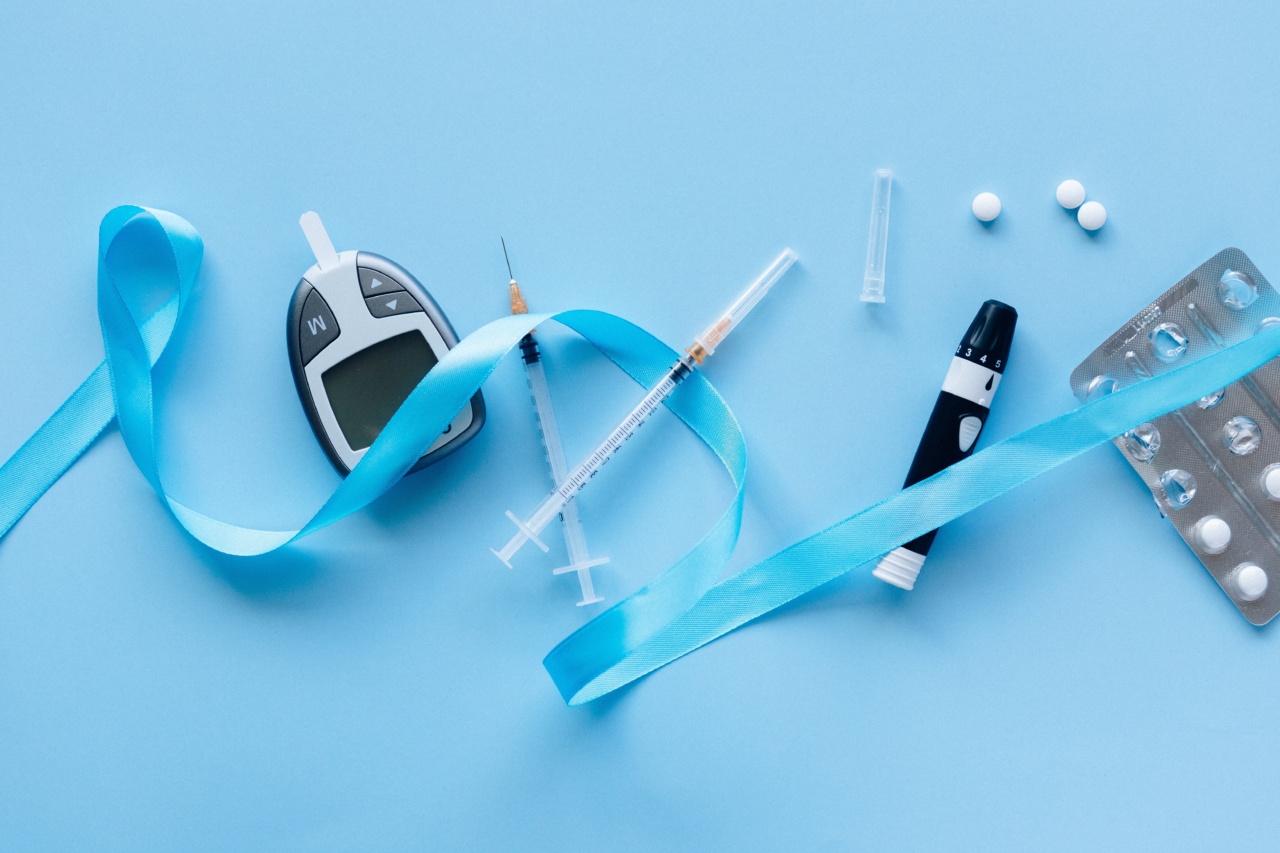Thrombosis is a condition characterized by the formation of blood clots in the arteries or veins. It occurs when there is an imbalance in the body’s clotting mechanism, leading to the formation of abnormal blood clots.
These clots can partially or completely block blood flow, leading to serious health complications.
Types of Thrombosis
There are different types of thrombosis, depending on where the blood clot forms:.
1. Arterial Thrombosis: This occurs when a clot forms in an artery. It can lead to conditions such as heart attack or stroke.
2. Venous Thrombosis: This occurs when a clot forms in a vein, typically in the legs or arms. It can lead to conditions such as deep vein thrombosis (DVT) or pulmonary embolism.
3. Thromboembolism: This refers to a blood clot that breaks off from its original site and travels to other parts of the body through the bloodstream, causing blockages in vital organs.
World Thrombosis Day
World Thrombosis Day is observed on October 13th each year to raise awareness about the causes, prevention, and treatment of thrombosis.
It aims to educate the public and healthcare professionals about the importance of early detection and timely intervention to prevent complications associated with thrombosis.
Prevention of Thrombosis
Preventing thrombosis is crucial to reduce the risk of life-threatening conditions. Here are some preventive measures:.
1. Maintain a Healthy Lifestyle
Leading a healthy lifestyle can significantly reduce the risk of thrombosis. This involves:.
– Eating a balanced diet rich in fruits, vegetables, and whole grains.
– Maintaining a healthy weight and avoiding obesity.
– Engaging in regular physical activity, such as walking or swimming.
– Avoiding smoking and excessive alcohol consumption.
2. Stay Hydrated
Staying hydrated helps prevent the blood from thickening, reducing the risk of clot formation. It is essential to drink an adequate amount of water throughout the day.
3. Move Frequently
Prolonged periods of inactivity, such as sitting or lying down for long hours, can increase the risk of thrombosis. Taking frequent breaks and moving around can help improve blood circulation and prevent clot formation.
4. Compression Stockings
For individuals at high risk of thrombosis, such as those with a history of DVT or varicose veins, wearing compression stockings can help improve blood flow and reduce the risk of clot formation.
5. Medications
Depending on the individual’s medical history and risk factors, doctors may prescribe anticoagulant medications, such as aspirin or warfarin, to reduce the risk of thrombosis.
6. Recognize and Treat Underlying Conditions
Several medical conditions, such as atrial fibrillation or certain types of cancers, can increase the risk of thrombosis. It is essential to identify and treat these underlying conditions to prevent blood clot formation.
Treatment of Thrombosis
Timely treatment is crucial in managing thrombosis and preventing complications. The treatment approach may vary based on the type and severity of thrombosis. Here are some common treatment options:.
1. Medications
Anticoagulant medications are commonly prescribed to prevent further clot formation and promote the body’s natural clot-dissolving mechanisms.
These medications are available in pill form or can be administered through injections, depending on the severity of the condition.
2. Thrombolytic Therapy
In severe cases of thrombosis, where there is a significant risk of organ damage, doctors may recommend thrombolytic therapy. This involves the use of medication to dissolve blood clots quickly.
3. Surgical Interventions
In some cases, surgical intervention may be required to remove the blood clot. This can involve procedures such as thrombectomy or the insertion of a vena cava filter to prevent clot migration.
4. Catheter-directed Thrombolysis
This minimally invasive procedure involves the insertion of a catheter into the affected vein or artery to deliver clot-dissolving medication directly to the site of the clot. It helps restore blood flow and prevent further complications.
5. Home Care
After initial treatment for thrombosis, individuals may be prescribed medications to continue at home, such as oral anticoagulants.
It is crucial to follow the prescribed treatment plan diligently and attend regular check-ups to monitor progress and prevent recurrence.
Conclusion
Thrombosis is a serious condition that can lead to life-threatening complications if not prevented or treated promptly. By following preventive measures and seeking timely medical intervention, the risk of thrombosis can be significantly reduced.
World Thrombosis Day serves as a reminder to raise awareness and educate individuals about the importance of prevention and early detection. Remember, a proactive approach towards preventing thrombosis can save lives.































